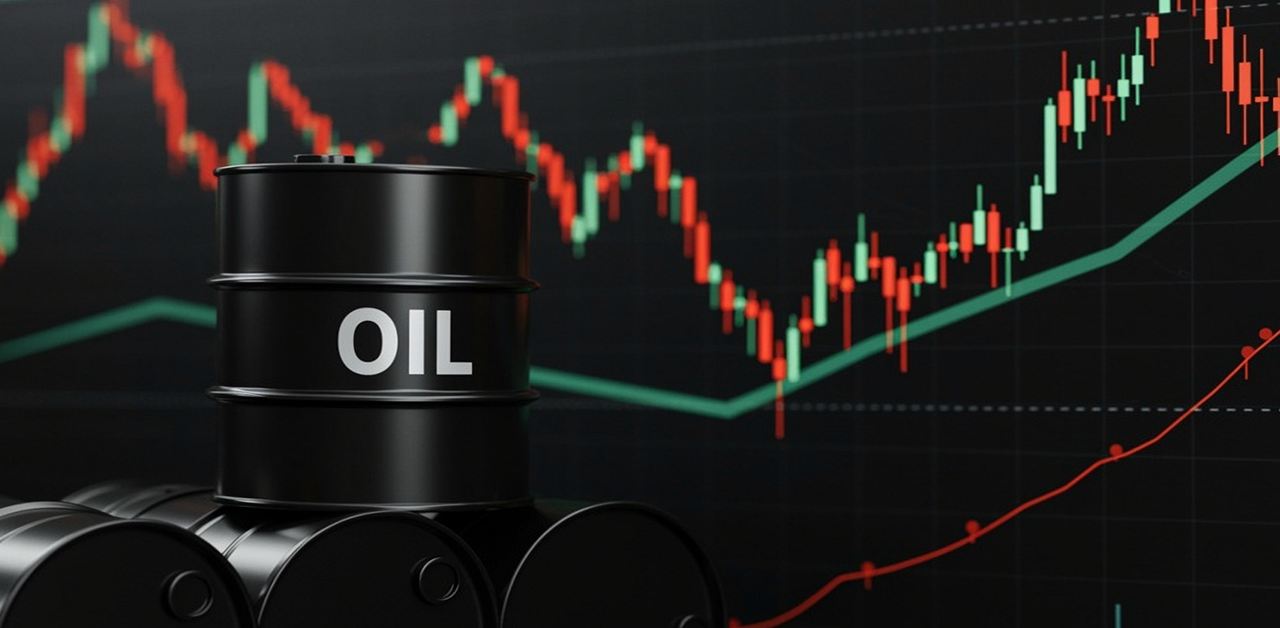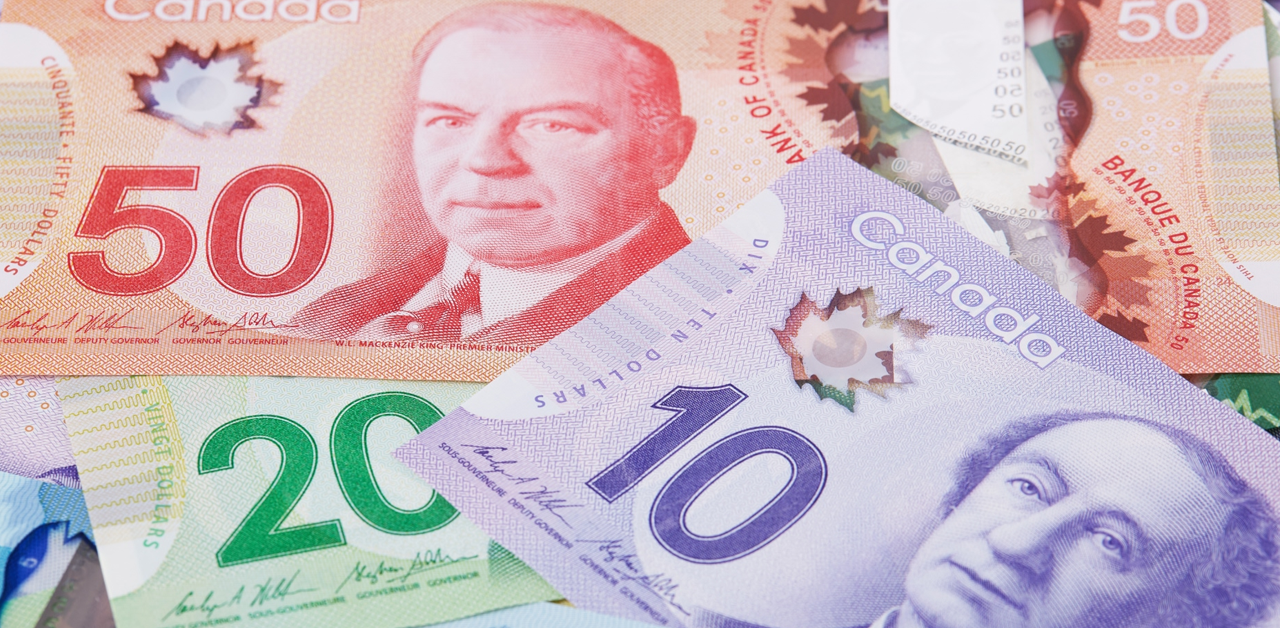Gold Prices Decline Amid Renewed Demand for US Dollar
Gold prices (XAU/USD) lost their upward momentum on Tuesday, falling as renewed demand for the US Dollar (USD) strengthened. This decline was influenced by various factors, including geopolitical tensions and expectations surrounding the Federal Reserve’s monetary policy.
The recent US Nonfarm Payrolls (NFP) data, which fell short of expectations, has led to increased speculation that the Federal Reserve might cut interest rates later this year. Such a move could potentially make gold more attractive as an investment. Lower interest rates generally decrease the yield on US bonds, reducing the opportunity cost of holding non-yielding assets like gold, thereby making it a more appealing option for investors, particularly those purchasing with foreign currencies.
Moreover, gold continues to find robust support from strong central bank purchases and persistent demand from Asian markets. These factors are helping to underpin the precious metal’s value in the near term. Additionally, ongoing political unrest in the Middle East is heightening gold’s appeal as a safe-haven asset. In times of uncertainty, investors often turn to gold to protect their wealth against potential losses in other markets, suggesting a possible uptick in demand if tensions escalate further.
Adding to the complex interplay of factors influencing gold prices is an upcoming speech by Neel Kashkari, President of the Federal Reserve Bank of Minneapolis. Market participants will be keenly watching his tone; a hawkish stance could bolster the US Dollar as it suggests a more conservative approach to lowering interest rates. This could, in turn, apply downward pressure on gold prices, as a stronger dollar makes gold more expensive for holders of other currencies.
The interrelation of US monetary policy, geopolitical developments, and central bank activities creates a dynamic environment for gold investors. They must navigate through varying signals that influence gold prices, such as economic data releases, central bank statements, and global political events. These elements collectively contribute to the fluid nature of gold’s valuation in the global markets, highlighting the complexity of factors that traders and investors must consider when dealing with precious metals.












